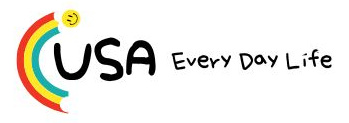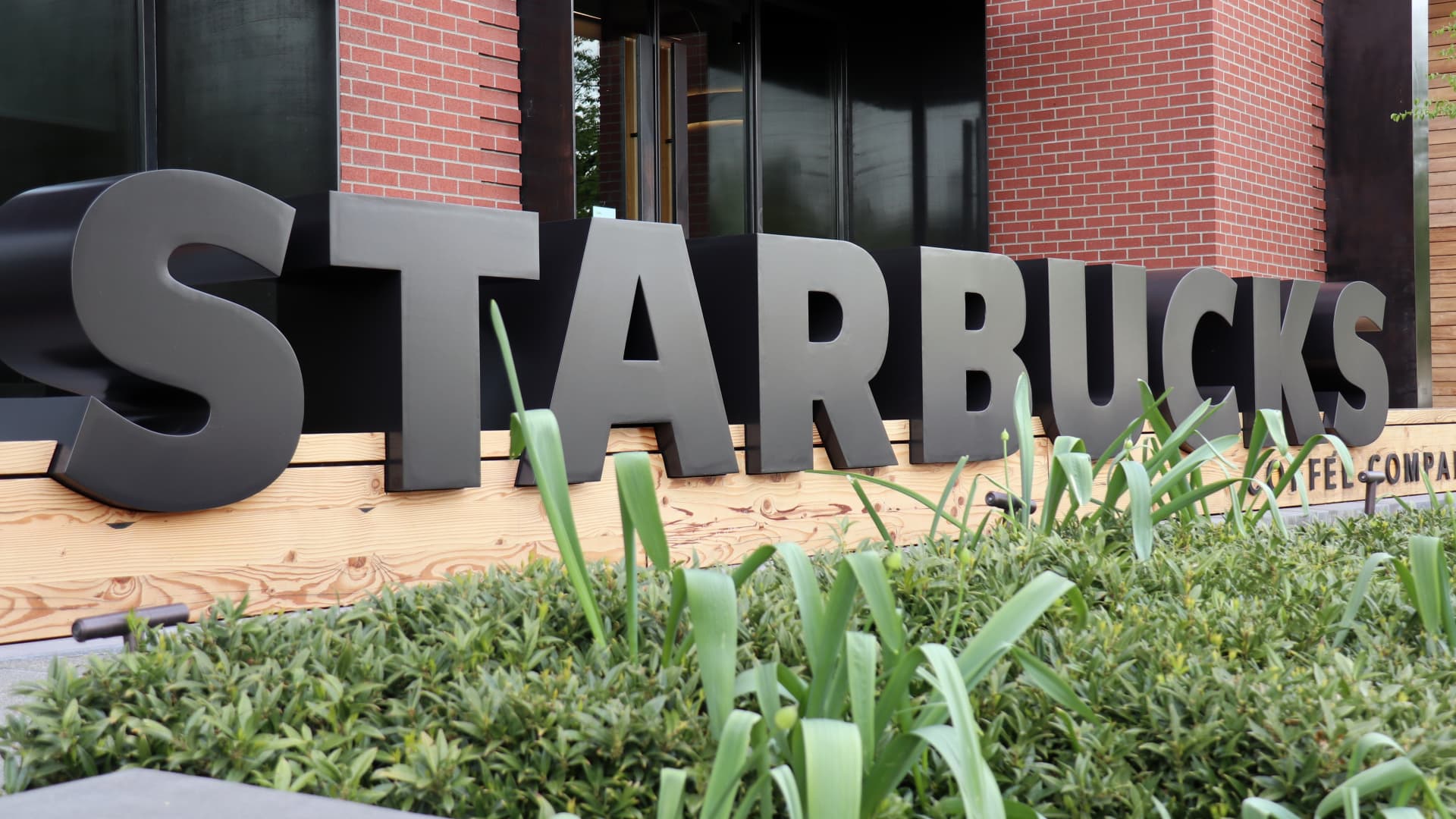Starbucks’ new CEO said the company is making progress on its turnaround plan. However, Brian Niccol, now almost 8 months into his new role, acknowledged, “I’d be remiss if I don’t first just mention the hard fact in front of us, which is our Q2 2025 financial results were disappointing. The thing I want you to know is behind the scenes, we really are showing a lot of signs of progress.” Why were the results disappointing? Earnings missed consensus estimates by 4 cents a share, or more than 15%. U.S. comparable sales declined by 2%, far worse than the modest 0.26% decline analysts had estimated. A bright spot was that international comparable sales were better than expected. However, results in several areas painted a fairly grim picture as the following excerpts from the company’s official earnings release reveal: Global comparable store sales declined 1% North America comparable store sales declined 1%, driven by a 4% decline in comparable transactions , partially offset by a 3% increase in average ticket. International comparable store sales increased 2%, driven by a 3% increase in comparable transactions, partially offset by a 1% decline in average ticket. China comparable store sales were flat, driven by a 4% increase in comparable transactions, offset by a 4% decline in average ticket. “My optimism has turned into confidence that our ‘Back to Starbucks’ plan is the right strategy to turn the business around and to unlock opportunities ahead,” commented Brian Niccol, chairman and chief executive officer. ” Improving transaction comp in a tough consumer environment at our scale is a testament to the power of our brand and partners getting ‘Back to Starbucks.’ We are on track and if anything, I see more opportunity than I imagined,” Niccol added. The trade While it’s true that comparable transactions increased in international markets, they decreased in North America, which accounted for approximately 74% of the company’s revenue for the quarter ended March 30th. Here’s the Starbucks call-spread risk reversal I had discussed on Monday : Sell SBUX May 30 $76 put Sell SBUX May 30 $92 call Buy SBUX May 30 $84 call Starbucks is trading around $82, making up some of its post-earnings decline. The chances that Starbucks rallies through the long call strike are lower now than they were, and it may make sense to sacrifice some upside potential by selling the upside call spread and simply remaining in a cash-covered put. If the stock falls further, one may be “put” the stock at the lower $76 strike price (assigned on the short put and therefore compelled to purchase the stock at that lower strike price). Still, net of the premium collected by selling the call spread, the effective purchase price would be around $75, or about a 5% discount to where the stock is currently trading. In that event, one could then deploy the “wheel” strategy and sell upside calls against the stock to collect premium while waiting for the coffee consumers to give the chain the needed jolt. DISCLOSURES: (None) All opinions expressed by the CNBC Pro contributors are solely their opinions and do not reflect the opinions of CNBC, NBC UNIVERSAL, their parent company or affiliates, and may have been previously disseminated by them on television, radio, internet or another medium. THE ABOVE CONTENT IS SUBJECT TO OUR TERMS AND CONDITIONS AND PRIVACY POLICY . THIS CONTENT IS PROVIDED FOR INFORMATIONAL PURPOSES ONLY AND DOES NOT CONSITUTE FINANCIAL, INVESTMENT, TAX OR LEGAL ADVICE OR A RECOMMENDATION TO BUY ANY SECURITY OR OTHER FINANCIAL ASSET. THE CONTENT IS GENERAL IN NATURE AND DOES NOT REFLECT ANY INDIVIDUAL’S UNIQUE PERSONAL CIRCUMSTANCES. THE ABOVE CONTENT MIGHT NOT BE SUITABLE FOR YOUR PARTICULAR CIRCUMSTANCES. BEFORE MAKING ANY FINANCIAL DECISIONS, YOU SHOULD STRONGLY CONSIDER SEEKING ADVICE FROM YOUR OWN FINANCIAL OR INVESTMENT ADVISOR. Click here for the full disclaimer.





